Are you looking to create a Montessori bedroom? Or perhaps a Montessori playroom? The Montessori method offers great tips for setting up a room that boosts your child's concentration, learning, and independence.
If you’re looking for Montessori bedroom ideas, we’re here to help. Check out these 8 tips that will help you create a Montessori playroom or bedroom:
Montessori Bedroom Tip #1: Create a Calm, Beautiful Environment
Maria Montessori, the creator of the Montessori method, believed that too many decorations, posters, and stimulation would distract children. One of the main benefits children gain while playing and working with Montessori materials is concentration. So, design your Montessori bedroom to foster concentration.
As Montessori herself said:
“I then came to realize that everything about a child should not only be in order, but that it should be proportioned to the child's use, and that interest and concentration arise specifically from the elimination of what is confusing and superfluous.”
As far as decor for your Montessori playroom or bedroom, opt for a few decorative photos or pieces of art. You can also add a soft rug, play mat, and simple shelves.
A Montessori playroom or bedroom should also have plenty of open space. That way, your child will have plenty of work and play spaces. If possible, also choose a room with plenty of natural light.
Montessori Bedroom Tip #2: Less is More
Don’t go overboard with the toys you put out. Studies show that children actually play longer when there are a limited number of toys.
If you already have many toys, simply rotate them. Put a few toys out on the shelves and switch them every few months, keeping the rest in storage.
Plus, by having fewer toys out, the space is easier to keep neat and clean (now that’s a real parenting win!).
As a former Montessori teacher, I've noticed how young children can easily become overwhelmed. A playroom filled with too many toys results in a mess. Children flit from one toy to another. Limiting toys and not overloading shelves makes children even more excited to play.
Montessori Bedroom Tip #3: Choose Toys Carefully
Toys can offer many opportunities for learning and skill development. Choose high quality, open-ended toys. Some examples are wooden toys, Montessori inspired toys, toys that encourage exercise, puzzles, and similar items.
If you’re looking for specific suggestions, we've got you covered. The surfer balance board and balance beam are just a few great additions to your child’s playroom. A Pikler triangle is another Montessori playroom favorite.
If you’re limited on space in your Montessori bedroom, consider our stepping stones. When your child is done playing, you can easily tuck them away in the bag.

Source: @floseb_mama
All these toys help your child build their gross motor skills. Musical instruments, blocks, puzzles, and toy cars are some other choices that promote open-ended play. Also, consider Montessori toys such as the knobless cylinders, knobbed cylinders, and the object permanence box.
Montessori Bedroom Tip #4: Add Child-Sized Furniture
Montessori believed that children should be able to move things around on their own in their space. That meant using child-sized chairs and tables. No playroom would be complete without a Montessori table and chair where your child can color, draw, or practice writing. You might also consider a comfortable child-sized easy chair.
Montessori Bedroom Tip #5: Include Cleaning Supplies
Cleaning is a skill that helps children build independence and a sense of responsibility. Plus, plenty of young kids actually like cleaning, especially if they get to use special supplies. In my experience, toddlers especially love copying us when we clean. My oldest son went through a stage where he loved brooms when he was about 1 year old.
Maria Montessori saw that children took pride in keeping their space clean. All they need are the proper tools.
You might create a small space to keep cleaning supplies. Some supplies to include are: rags, a feather duster, and a child-sized dustpan and broom. That way, your child has easy access to supplies and can clean up when necessary.
Montessori Bedroom Tip #6: Add a Touch of Nature
Adding a plant or a pet fish to the playroom will teach your child responsibility and to appreciate nature. Your child will love taking care of their pet or plant.
Plus, a potted plant or two can add meaningful beauty to the space. Another option is to keep a vase on a shelf. Then, invite your child to fill it with fresh flowers regularly.
A plant or pet can help with promoting engagement in the Montessori playroom. Your child will also learn problem solving skills. If the plant is dry, your child can water it. Or, if the fish tank is dirty, they can help clean it.
Montessori Bedroom Tip #7: Include a Montessori Reading Nook
Encourage reading in the playroom by including a small cozy corner with a basket of books.
Create a unique reading nook! The possibilities are endless. Try a few pillows on a carpet, a child-sized rocking chair, or an armchair.
For displaying books, try using a Montessori book shelf that allows your child to see book covers. Your child will love the invitation to read.
Montessori Bedroom Tip #8: Use a Montessori Floor Bed
If you’re creating a Montessori bedroom, then you’ll need a bed that matches the philosophy. For babies and toddlers, the Montessori floor bed is essential!
As simple as a mattress on the floor, this type of bed promotes independence. Even toddlers can get into and out of bed on their own. This can be an empowering experience for children. At the same time, it also provides a safe sleeping arrangement.

Source: @mylittlealonzos
With these Montessori bedroom tips and Montessori playroom ideas, you’re sure to create a wonderful space for your child.
Do you have more questions about creating a quality playroom for your child? Ask us your questions in the comments below or on social media!
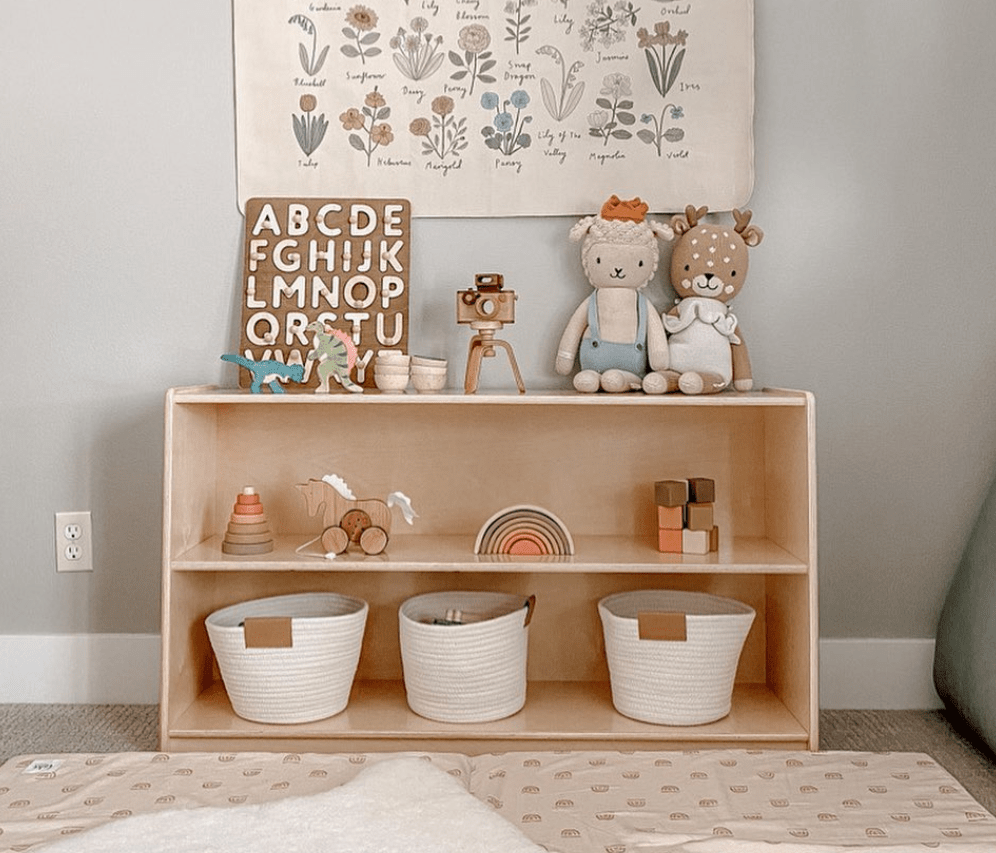



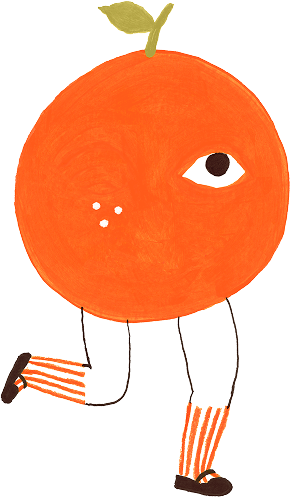
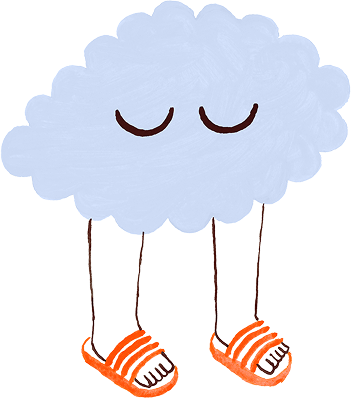
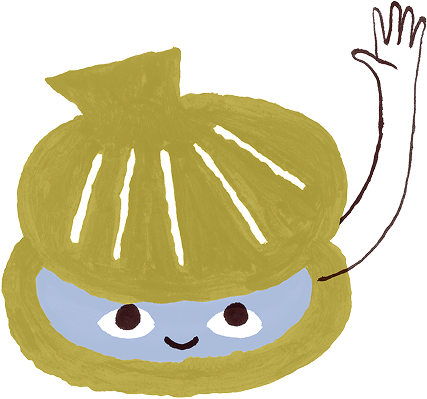
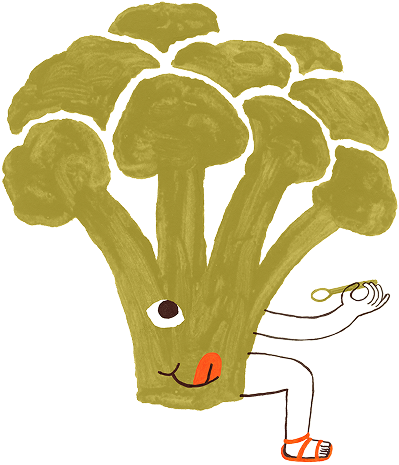
Leave a comment
This site is protected by hCaptcha and the hCaptcha Privacy Policy and Terms of Service apply.